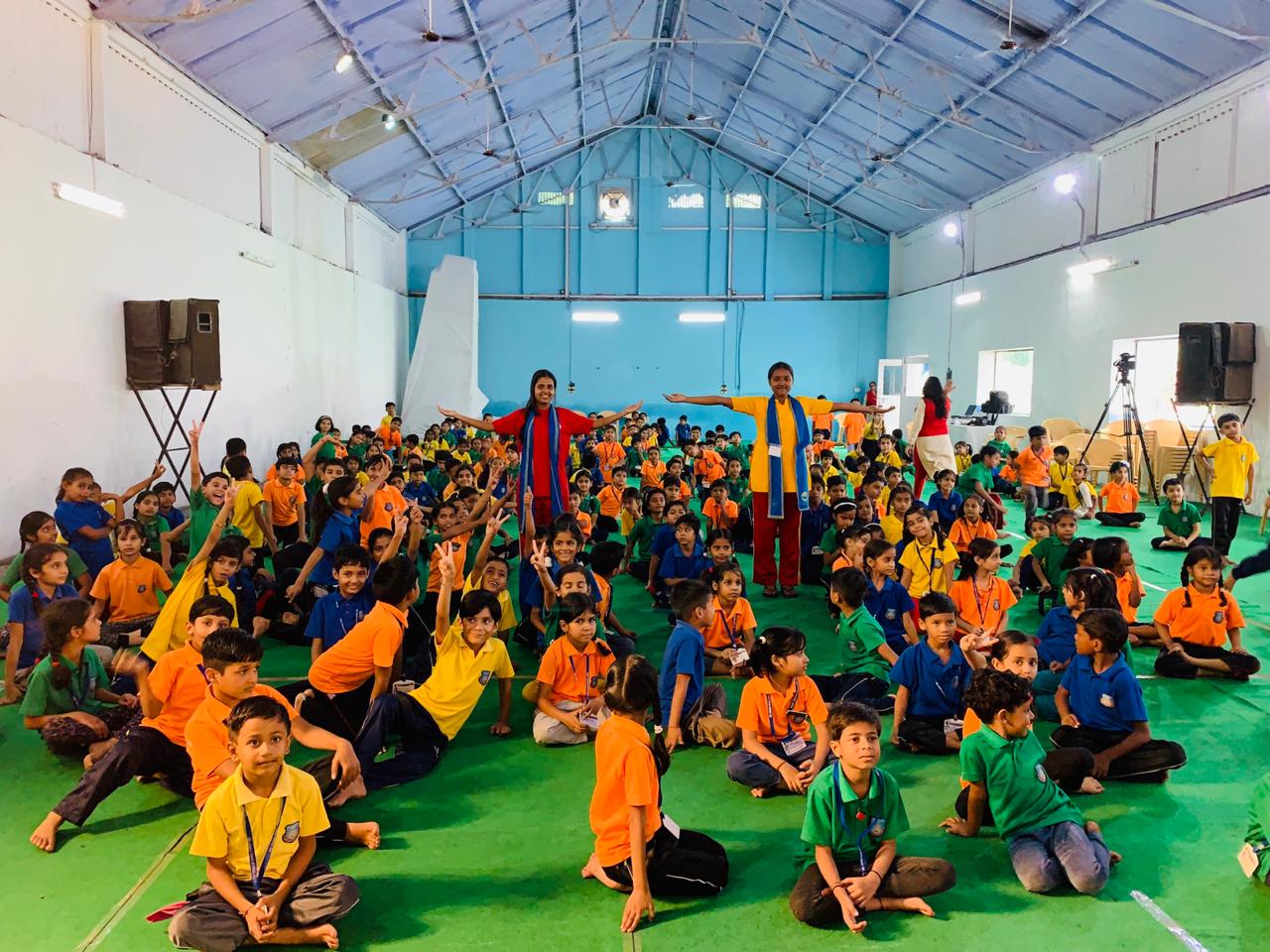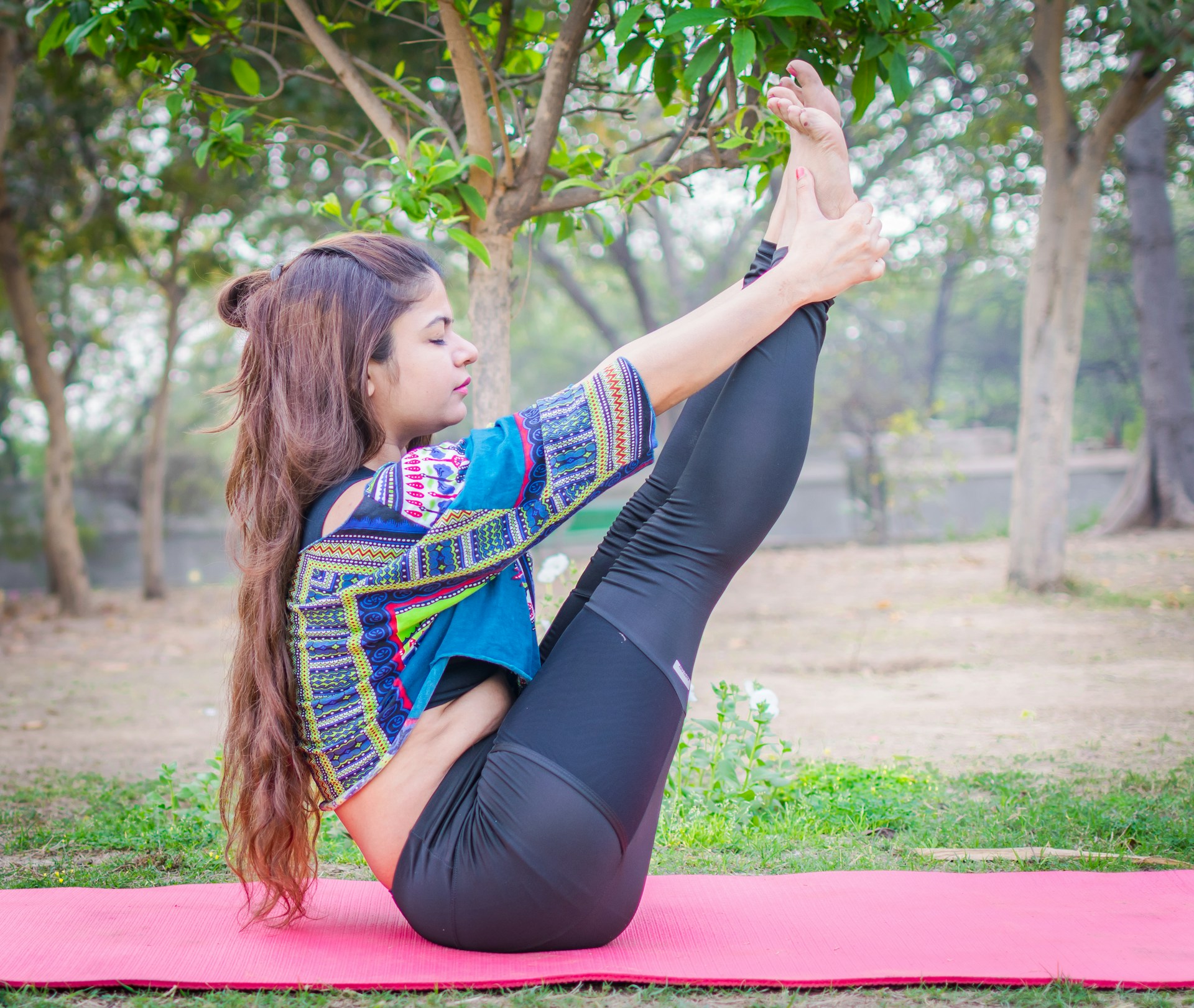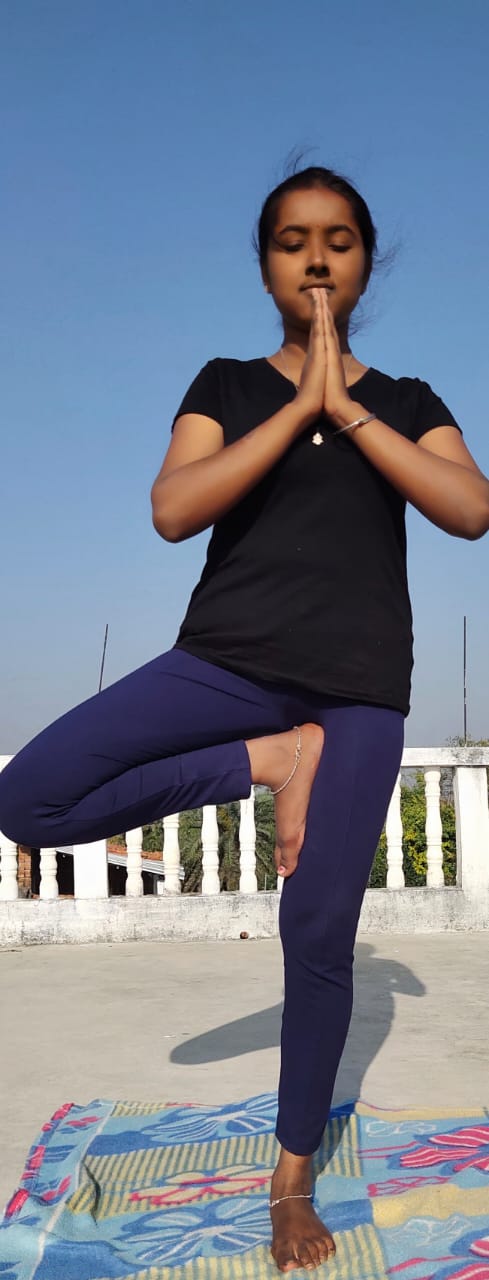Playful Yoga : Differences Between Yoga for Kids and Adults
While yoga is often associated with adults seeking inner peace and physical well-being, it has also become increasingly popular among children. A growing body of research has already shown that yoga can improve focus, memory, self-esteem, academic performance, and classroom behaviour among kids.
Tratak is a yoga asana that is particularly beneficial for kids who are growing up reading or playing on tabs and phones, says Garima Bharati who is a master yoga practitioner at Infyni. The blue light from digital screens compromise eyesight and children particularly absorb more blue light than adults.
Children with attention deficit hyperactivity disorder (ADHD) also seem to benefit more, showing substantial improvement in inattentiveness and hyperactivity, making them less impulsive.

However, yoga for kids isn’t simply a miniature version of adult yoga; it’s a unique and playful journey tailored to suit their developing minds and bodies. Students learning live with Infyni’s yoga instructors say they are better prepared to handle stress during exams and think with a calm mind. These are students who have been learning 1-1 yoga for a year, with Infyni.
Bharati who began learning yoga at 7 years of age attributes her confidence and her ability to overcome extreme shyness with strangers to her daily yoga routine that also includes shlokas. The International Bihar School of Yoga had 3,000 students learning yoga and the sacred scripture Bhagavath Gita along with Sanskrit.
These help you think before responding to any stimuli, contemplate at peace and take an intuitive approach even in the most volatile situations, says Bharati. “Over the years, yoga becomes a habit that will give you the energy to alter all negative situations to a positive outlook,” she says.
Understanding the Mind-Body Connection
Yoga, at its core, is about uniting the mind, body, and spirit. For adults, this often involves a focus on breath control, holding challenging poses, and cultivating mindfulness. However, children experience the world differently. Their yoga practice is designed to engage their playful nature while still nurturing that essential mind-body connection.
This is what Infyni trainers emphasize in their 45-min live classes. Research indicates that yogic practice from a young age improves concentration, helping restless kids cope better and calm themselves.
The Playful Approach
One of the most significant differences between yoga for kids and adults is the emphasis on playfulness. Children learn best through play, and yoga is no exception. Kid-friendly yoga classes often incorporate games, storytelling, and imaginative activities to keep them engaged and interested. These elements not only make the practice enjoyable but also help children develop important skills such as focus, creativity, and self-expression.

In Infyni’s yoga classes for kids, trainers weave in fun games and stories to excite kids in the practice. This approach is very different from yoga for adults. Our yoga teachers have the skill to tailor yoga sessions for younger bodies and minds.
Simplified Poses
While adults may strive to master complex yoga poses, children’s yoga focuses on simplicity and accessibility. Poses are often adapted to be more age-appropriate and achievable for young yogis. For example, downward-facing dog might become “puppy pose,” and tree pose might transform into “flamingo pose.” These modifications ensure that children can experience success and build confidence in their practice.

Infyni’s yoga teachers are adept at watching and observing how kids perform these poses and correct them on the spot. Bharathi who is a veteran yoga practitioner at Infyni who reviews the syllabus from yoga trainers sits in these early morning classes.
“The improvement is visible in a month, sometimes within a few sessions itself,” she says.
Shorter Sessions
Children have shorter attention spans compared to adults, so yoga classes for kids are typically shorter in duration. A typical session might last anywhere from 30 to 45 minutes, depending on the age group. Within this time frame, instructors prioritize variety and movement, keeping the pace lively to prevent boredom and restlessness.
Incorporating Storytelling and Imagination
Storytelling is a powerful tool in children’s yoga classes. Infyni’s instructors often weave imaginative tales that guide children through a series of poses, allowing them to embody different characters and creatures along the way. This approach not only makes yoga more engaging but also fosters creativity and encourages children to explore their imaginations.
Cultivating Mindfulness through Fun
While adults often practice mindfulness as a means of stress relief and self-awareness, children’s yoga introduces mindfulness in a playful and accessible manner. Activities such as guided breathing exercises, sensory exploration, and relaxation techniques are integrated into the practice to help children develop emotional regulation skills and cultivate a sense of inner calm.
In essence, yoga for kids is a joyful exploration of movement, mindfulness, and imagination. It’s a practice that honors the unique needs and abilities of children while nurturing their physical, mental, and emotional well-being. By embracing playfulness, simplicity, and creativity, Infyni’s children’s yoga invites young yogis to embark on a transformative journey of self-discovery and growth—one pose, one breath, and one playful moment at a time.

So, whether they’re pretending to be a soaring eagle or a gentle butterfly, children can experience the magic of yoga and carry its benefits with them throughout their lives. Infyni offers 1-1 as well as group yoga classes for kids starting from 6 years.
*Photographs are courtesy of Garima Bharati.




Leave feedback about this